In a surprising discovery about where higher life can thrive, scientists found a shrimplike creature and a jellyfish frolicking beneath an Antarctic ice sheet.Read more here.Six hundred feet below the ice where no light shines, they had figured nothing much more than a few microbes could exist. That's why a NASA team was surprised when it lowered a video camera to get the first long look at the underbelly of the ice sheet in Antarctica, and a 3-inch shrimp-like creature went swimming by and then parked itself on the camera's cable. Scientists also pulled up a tentacle they believe came from a foot-long jellyfish.
"We were operating on the presumption that nothing's there,'' said NASA scientist Robert Bindschadler, who will present the initial findings and a video at an American Geophysical Union meeting tomorrow.

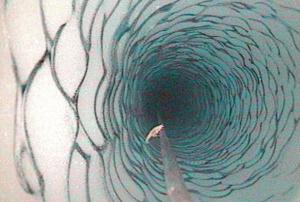


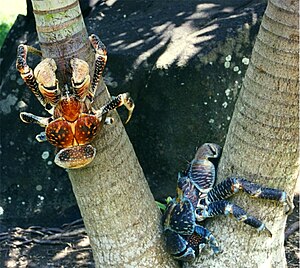
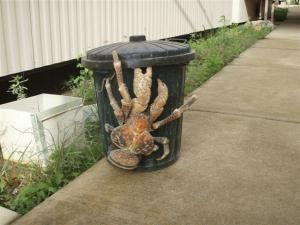


![Reblog this post [with Zemanta]](http://img.zemanta.com/reblog_e.png?x-id=28b17655-c981-43bb-838b-07aef2266c04)
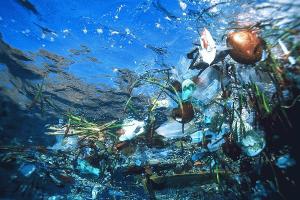
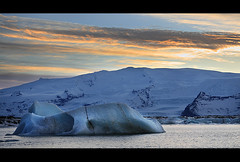
![Reblog this post [with Zemanta]](http://img.zemanta.com/reblog_e.png?x-id=08c87dba-5e54-474c-9977-44cc961934be)

Recent Comments
Alec Defosses :
:
Good read. I saved the page for future visit. read moreShakira Furci :
:
Incredibly interesting piece of content. I was in search of read moreRitts :
:
Your site is amazing. I wonder just how do you read moreMeda Kiner :
:
I found your blog in the "Trackback" section of another read moreGale Mady :
:
The integration of bears into a godly American holiday read moreB. Samuel :
:
This information on how earth worms behave is very fascinating. read more